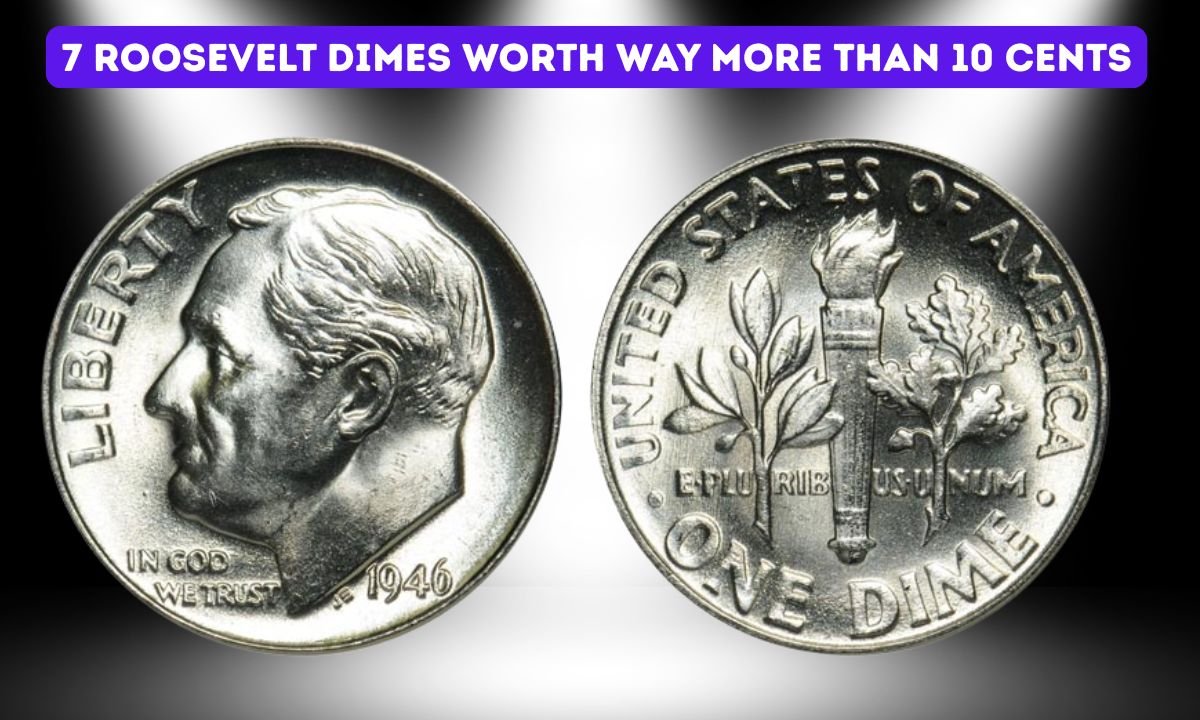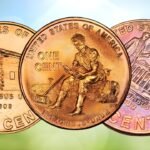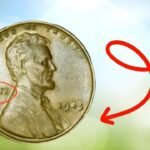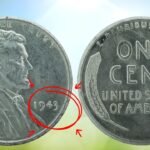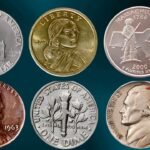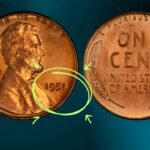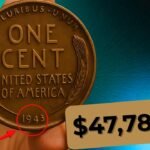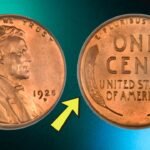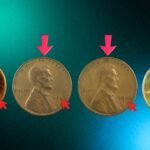Let’s dive into seven Roosevelt dimes that are worth way more than face value, plus a few quick tips on how to spot them without needing a magnifying glass and a Ph.D. in coin collecting.
First, a little background. The Roosevelt dime was introduced in 1946, right after President Franklin D. Roosevelt’s death. It replaced the Mercury dime and became a tribute to FDR’s fight against polio. Since then, it’s been one of the most common coins in circulation. But here’s the thing: certain years, mint marks, and even tiny errors can make specific dimes shockingly valuable.
1. 1946-S Roosevelt Dime
The very first year of the series, and one of the most collectible. The 1946-S (minted in San Francisco) can fetch a pretty penny, especially if it’s in mint condition. A pristine “proof-like” version can easily be worth over $50—and if it’s in the top grading categories, even more.
2. 1949-D Roosevelt Dime
The Denver mint had a smaller mintage this year, and that scarcity makes the 1949-D a favorite among collectors. A circulated coin might go for just a few bucks, but an uncirculated one can hit $100 or more. That’s quite the upgrade from ten cents, right?
3. 1950-S Roosevelt Dime
This one’s sneaky. The 1950-S isn’t exactly rare, but high-grade examples are surprisingly hard to find. Collectors often compete for coins with perfect luster and no scratches. If you happen to have one in near-perfect shape, you could be looking at a $75–$200 coin.
4. 1964-D Roosevelt Dime (Silver Content)
Before 1965, dimes were made of 90% silver. So any 1964-D dime already has intrinsic metal value—worth at least a couple of bucks just for the silver alone. But if it’s a high-grade example or has an error (like a double die), you’re looking at potentially hundreds.
5. 1965 Transitional Error Dime
Now, this one’s a real jackpot coin. In 1965, the U.S. Mint switched from silver to a copper-nickel blend. But a few silver planchets accidentally got used that year. If you find a 1965 dime that weighs about 2.5 grams instead of 2.27 grams, congrats—you might have a rare silver transitional dime worth thousands!
6. 1982 No-P Roosevelt Dime
This is one of the most famous modern minting errors. In 1982, some dimes made in Philadelphia were accidentally struck without the “P” mint mark. Instead of being worth 10 cents, these can sell for $100 to $300 depending on condition. Always check your 1982 dimes—it could be a good day for you.
7. 1996-W Roosevelt Dime
To celebrate the 50th anniversary of the Roosevelt dime, the Mint in West Point produced a special “W” mint mark version. These were never meant for circulation, but some found their way into the wild. If you find one, it’s easily worth $20 to $50, sometimes more if untouched.
Quick Reference Table
| Year | Mint Mark | Key Feature | Estimated Value (High Grade) |
|---|---|---|---|
| 1946-S | San Francisco | First-year issue | $50+ |
| 1949-D | Denver | Low mintage | $100+ |
| 1950-S | San Francisco | Scarce in top condition | $75–$200 |
| 1964-D | Denver | 90% silver | $100+ with errors |
| 1965 | None | Transitional silver error | Up to $7,000+ |
| 1982 | None (“No P”) | Missing mint mark | $100–$300 |
| 1996-W | West Point | 50th anniversary issue | $20–$50 |
Now, if you’re wondering how to actually find these valuable dimes, it’s simpler than you think. Check your change, coin jars, or that old coffee tin in your grandparents’ house. Focus on silver dimes (1964 and earlier) and always look for unusual features like missing mint marks or double strikes.
And don’t clean your coins—seriously, that’s a rookie mistake. Cleaning can actually lower the value, no matter how shiny they look afterward. Collectors want original surfaces.
FAQ
Q: Are all old dimes valuable?
Not necessarily. Age helps, but rarity, condition, and errors matter more.
Q: How do I know if my dime is silver?
Easy—any dime dated 1964 or earlier is 90% silver. You can also check the edge: silver coins don’t have the copper-colored stripe.
Q: Where can I sell valuable dimes?
Coin dealers, auctions, or even online platforms. Just make sure to get an appraisal first.
Q: Should I get my dime graded?
If it’s in excellent condition or seems rare, yes. Grading adds credibility and can increase value.
So, the next time you spot a dime, don’t dismiss it as small change. That tiny coin might just be a mini jackpot waiting to be discovered. Honestly, it’s kind of fun to think your pocket change could be hiding a piece of history—and a nice payday, too.
